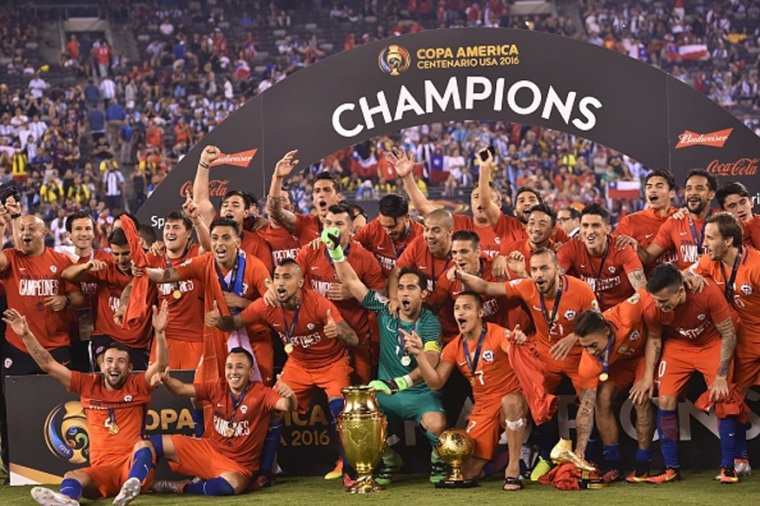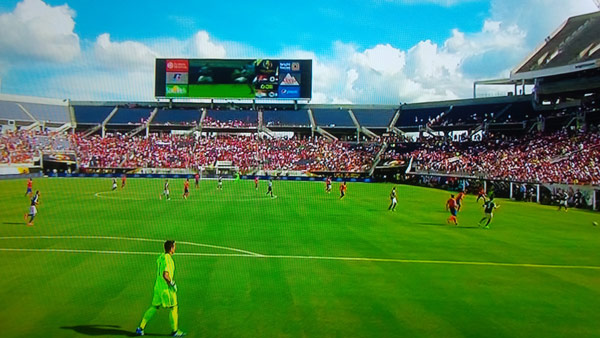 Last night the Copa America Centenario came to a close with Chile defeating Argentina in a penalty shootout after a 0-0 draw. This was almost an exact replica of Copa America 2015 when Chile defeated Argentina in a penalty shootout after a 0-0 draw. The difference? The United States does it bigger, and does it better.
Last night the Copa America Centenario came to a close with Chile defeating Argentina in a penalty shootout after a 0-0 draw. This was almost an exact replica of Copa America 2015 when Chile defeated Argentina in a penalty shootout after a 0-0 draw. The difference? The United States does it bigger, and does it better.
The predominately Argentine attendance last night in East Rutherford, New Jersey was reportedly over 82,000, a New Jersey soccer record. This comes on the heels of last week’s impressive crowd at the USA vs. Argentina semifinal in Houston, Texas that was reportedly over 70,000, a Houston soccer record. For a country that has played host in the past to Pele, Ronaldinho, and David Beckham, there are many reasons for tournament organizers to be pleased right now.
The amount of records broken by this edition of Copa America cannot be ignored. After last night’s final, the accumulated attendance of the 32 games played was just over 1.5 million, shattering a record held for over 25 years by over 350,000. In addition, the average attendance was nearly 46,000 fans per game, topping 5 of the last 9 World Cups (excluding the USA hosted World Cup in 1994). Average attendance even topped the past 6 European championships despite an average ticket price of just over $100. Using just attendance alone as a measuring stick, the U.S. has raised the bar as a host.
In terms of TV ratings, even more records were broken. Not including the final, the first 30 matches of the Copa America Centenario drew over 100 million viewers in the U.S. from the combined broadcasts of Univision and Fox networks. Univision reported that ratings for the tournament have been higher than average ratings for the 2014 World Cup in Brazil. The USA vs. Argentina semifinal even drew 3.29 million viewers on Fox Sports 1, a network soccer record. In terms of reach, the tournament has been broadcast in 160 countries, and 1.5 billion viewers worldwide. While the days until MLS reaches 1.5 billion viewers are still a long way off, competitive international soccer in the US has consistently proven to be record draw since the ’90s.
In short, the Copa America Centenario achieved every feat it intended and then some. As Sunil Gulati accurately concluded, the United States Soccer Federation successfully proved that this country has the infrastructure, management system, and consumer base to thrive as an international soccer tournament host. In many ways, the United States has everything that Brazil is missing for the Rio Olympics in less than two months. Even with all the bribery and scandals that surround FIFA, it would be incredibly hard to avoid the potential money-making machine that the United States just displayed for a memorable, drama-filled, and lucrative three weeks.
REFERENCES
http://www.pressherald.com/2016/06/24/copa-america-has-been-successful-with-attendance-tv-ratings/
http://www.latimes.com/sports/soccer/la-sp-copa-us-argentina-tv-ratings-20160622-snap-story.html


